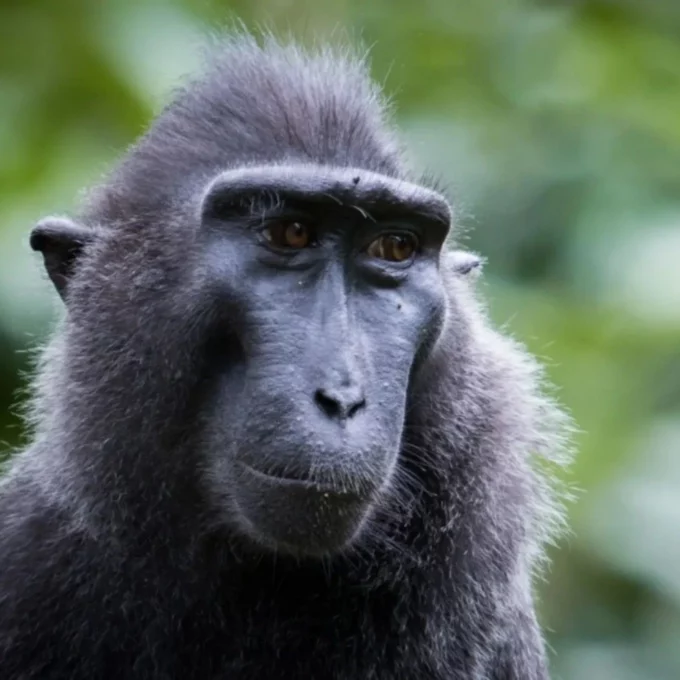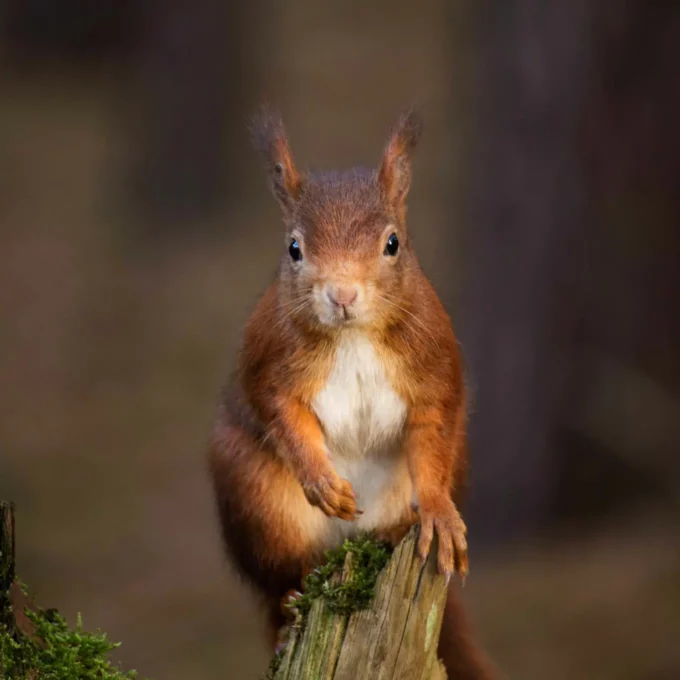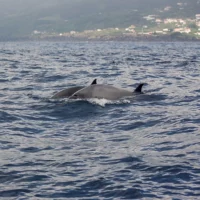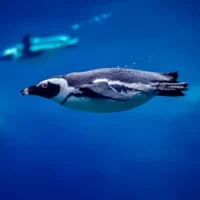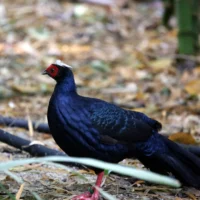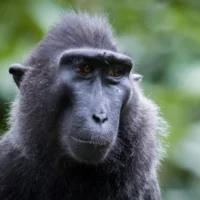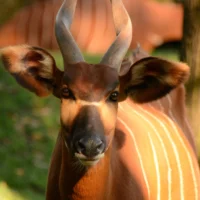Macaca nigra is a frugivore, meaning they eat mainly fruits, although they also feed on invertebrates, vegetation, crops and small vertebrates like lizards and bats. They split their time between the ground and the trees, and infants are cared for by their mothers as well as by juvenile females until they become independent at one year old. Males use vocal calls to reflect their rank or social identity.
Fun fact – A female Macaca nigra took a selfie on a photographer’s camera in 2011, sparking legal debate over whether animals can own copyright!
-
Ecology
-
Threats
Sulawesi crested macaques are hunted for their meat, often appearing at bushmeat markets and large religious events. As they feed on crops, they also get caught in snares set by farmers. As agricultural land expands, the fruit trees that they rely on for food are being cut down and their habitat is shrinking.
-
Conservation
Sulawesi crested macaques are listed in Appendix II of CITES, which aims to ensure that macaque trade does not threaten their survival. However, better implementation of hunting laws are needed alongside efforts to educate the public on their ecological value and the risks associated with consumption. Nature’s SAFE is playing an important role in protecting the species from extinction by storing samples for the future.
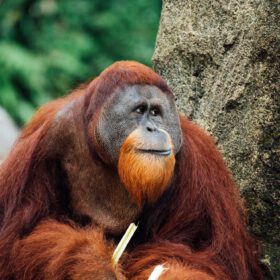
Fundraise for us
Sponsor a Fundraising Hero embarking on a challenge, or plan your own fundraiser to support us.
Get Started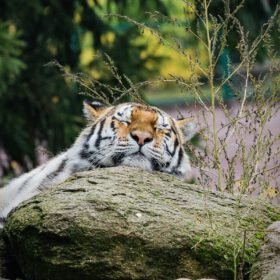
Corporate participation
Explore opportunities to develop a corporate partnership with us.
Get Started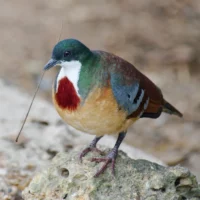
Mandanao bleeding-heart dove
Total Population: Less than 2,500 in the wild
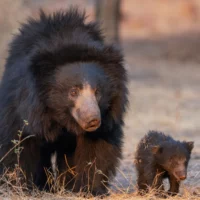
Sloth bear
Total Population: Less than 20,000 in the wild
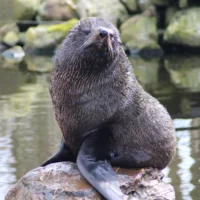
South American fur seal
Total Population: Around 200,000 in the wild
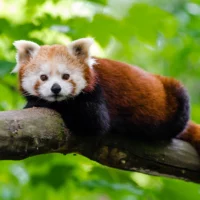
Red Panda
Total Population: Less than 10,000 in the wild
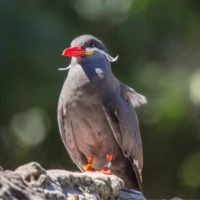
Inca Tern
Total Population: Around 150,000 in the wild
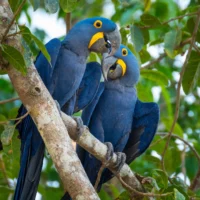
Hyacinth macaw
Total Population: Around 6,500 in the wild
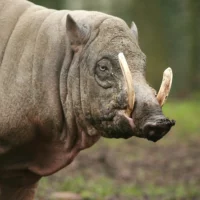
Babirusa
Total Population: Less than 10,000 in the wild
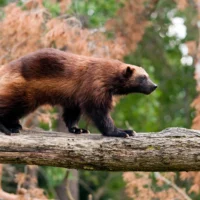
Wolverine
Total Population: Around 13,000 in the wild
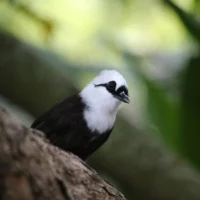
Sumatran laughing thrush
Total Population: 2,500 - 10,000 in the wild
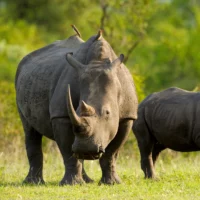
Southern white rhino
Total Population: Around 15,000 in the wild
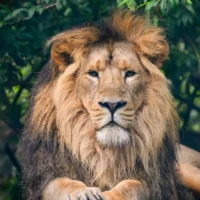
Asiatic Lion
Total Population: Around 650 in the wild
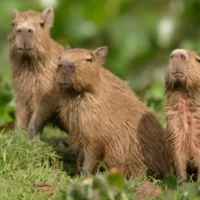
Capybara
Total Population: Unknown
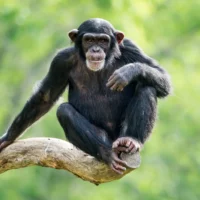
Chimpanzee
Total Population: 170,000 - 300, 000 in the wild
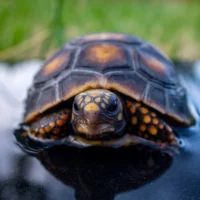
Red-footed tortoise
Total Population: Unknown
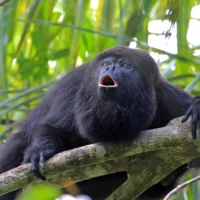
Black howler monkey
Total Population: Less than 5,000 in the wild
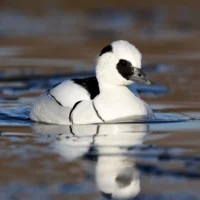
Smew
Total Population: Around 80,000 in the wild
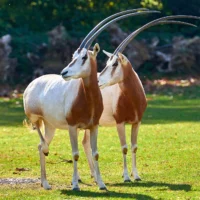
Scimitar-horned oryx
Total Population: Around 400 in the wild
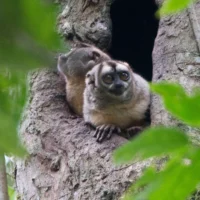
Spix’s night monkey
Total Population: Unknown
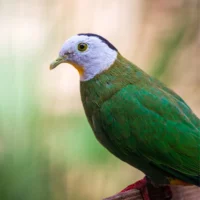
Black-naped fruit dove
Total Population: Unknown
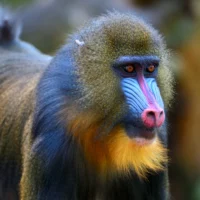
Mandrill
Total Population: Unknown
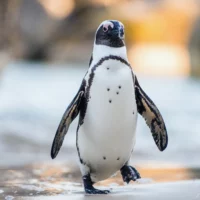
African penguin
Total Population: Less than 40,000 in the wild
